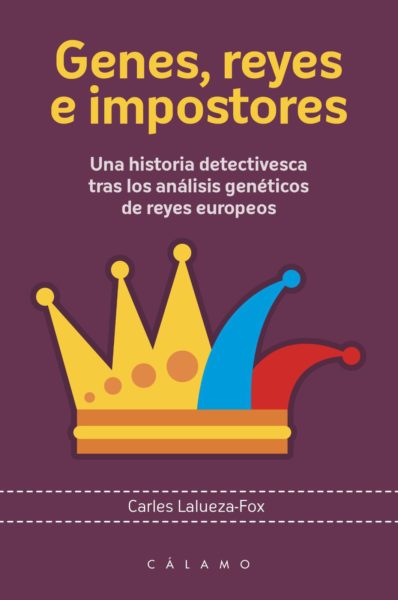The scientific projects of the geneticist Carles Lalueza-Fox usually revolve around Neanderthals, like his first book, “Palabras en el tiempo”. But in his new opus, Lalueza-Fox looks at the history of European monarchies through the adventures in his own lab.
A two-century-old pumpkin full of blood, a mummified head, a Templar sarcophagus and even a leg with nine potential owners have all been analysed recently. The latter is an example of a common problem: a single throne being disputed by more than one candidate, in addition to the impostors. Fortunately, the genetic testing explained by Lalueza-Fox allows us to dismiss the latter.

“As you leaf through the pages, learning about history and genetics is inevitable”
The stories explained in the book are full of humour and bizarre (if not macabre) anecdotes, making it a very entertaining read. However, we must not forget that this is a popular science tome, so as you leaf through the pages, learning about history and genetics is inevitable. In fact, Lalueza-Fox, from the Institute for Evolutionary Biology (IBE: CSIC-UPF), shows us a new perspective of history based on genetics, something he calls “genohistory“. According to the author, important decisions taken by historical figures were affected by their genes, meaning a new genetic perspective could be added to the interpretation of historical events.







